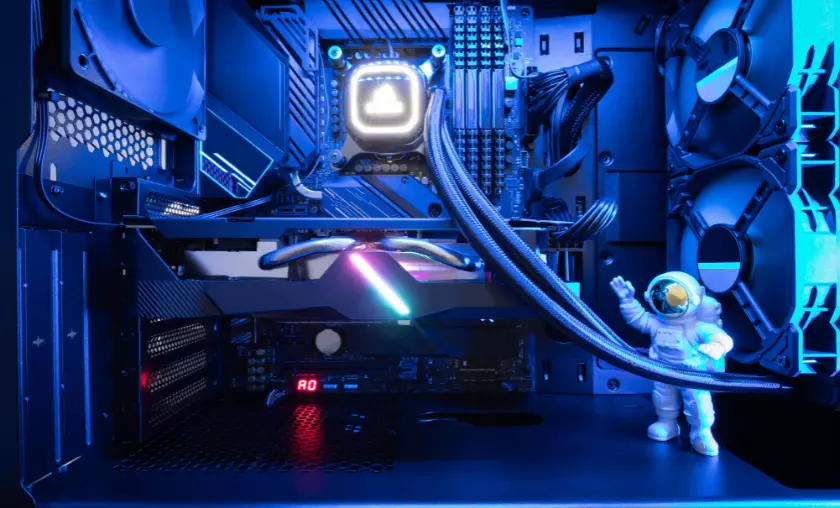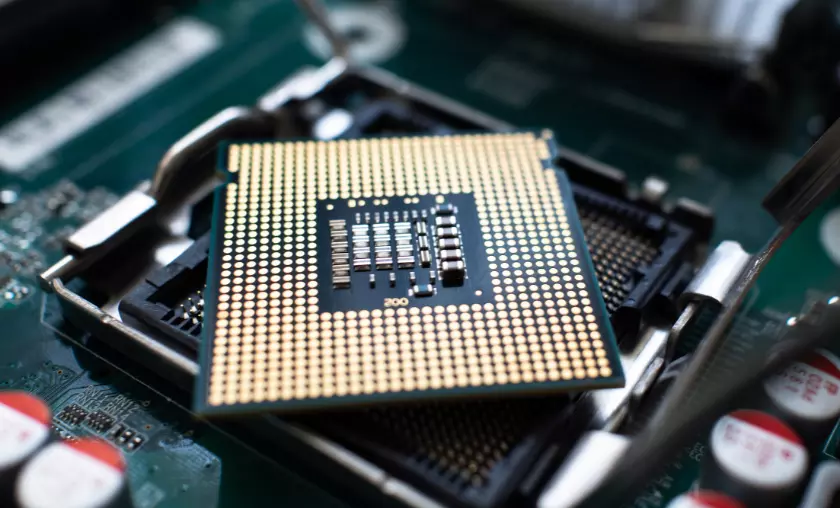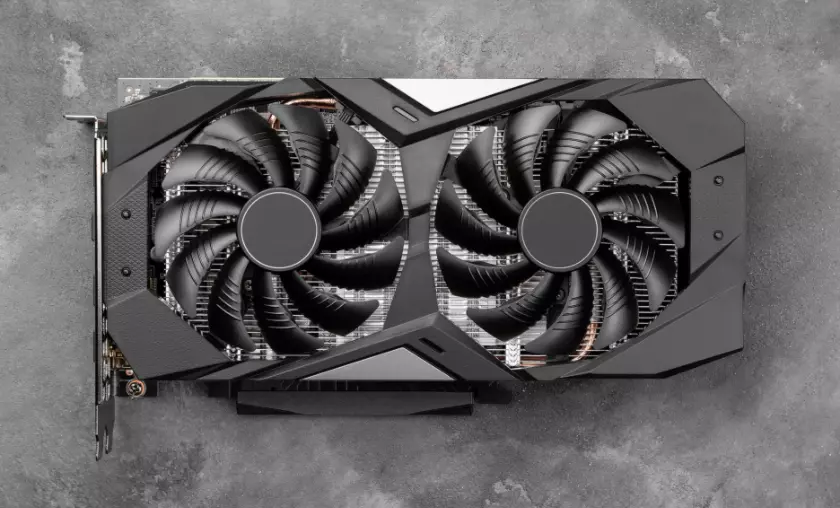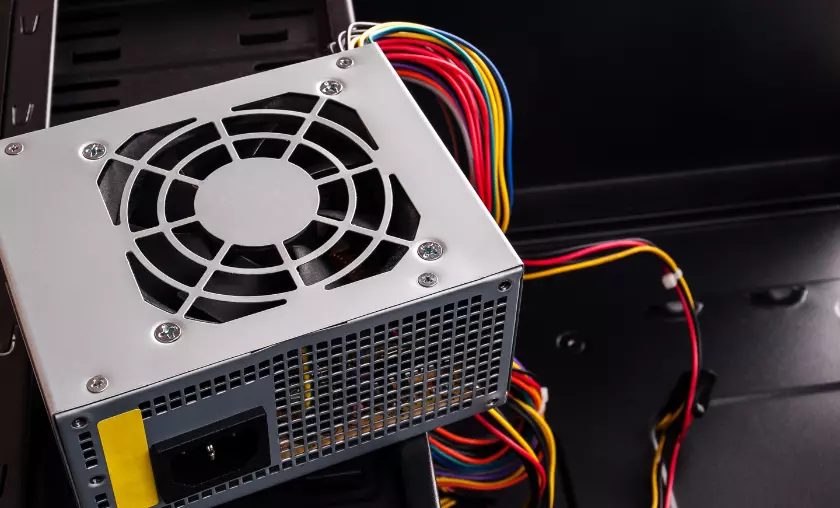Custom PC Building offers numerous advantages, including the ability to tailor your computer to your specific needs, preferences, and budget. Whether you’re a gamer looking for high-performance components, a content creator seeking processing power, or want a computer that suits your unique requirements, custom PC building allows you to create a machine that meets those demands precisely.
This introduction will explore the basics of custom PC building, from selecting components to the assembly process, to help you embark on this exciting journey of creating a personalized computing powerhouse.
Custom PC Building
Getting Started
The world of building your own personalized computer is a thrilling endeavor for tech enthusiasts and DIY aficionados. Crafting a custom PC allows you to tailor every component to your exact specifications, unleashing the potential for high-performance computing. From selecting the processor and graphics card to fine-tuning cooling solutions and RGB lighting, building your PC is an art and a science.
It’s an opportunity to create a unique machine that perfectly suits your needs, whether you’re into gaming, content creation, or simply seeking a powerful workstation for daily tasks. The sense of accomplishment and satisfaction from booting up a computer you assembled with your hands is truly unparalleled in the tech world.
Beyond the creative aspect, building a personalized computer offers practical benefits. You have complete control over the quality of components and can choose trusted brands for reliability and longevity. It’s also cost-effective, allowing you to allocate your budget where it matters most for your specific use case.
Why Build Your Own PC
Advantages & Benefits
Building your own PC provides several advantages and benefits. Firstly, it allows you to tailor your computer to your specific needs and preferences, ensuring that you get the exact performance and features you want. It can also be cost-effective, as you can often get more performance for your money compared to buying a pre-built system.
Additionally, building a PC can be a rewarding and educational experience, helping you gain a deeper understanding of computer hardware and troubleshooting. You also have more control over the quality of components and can choose to upgrade or replace parts as needed, extending the lifespan of your PC.
Crafting a Custom PC Over Buying Prebuilt
Overall, custom PC building offers flexibility, cost savings, and the satisfaction of creating a machine that’s uniquely yours.
Selecting Components
Choosing the Right Parts
Choosing the right components is a critical step in building a custom PC. It involves selecting CPU, GPU, motherboard, RAM, storage, and more components to meet your specific needs and budget. Each component contributes to your PC’s overall performance and capabilities. Researching and understanding the compatibility, performance benchmarks, and your usage requirements are essential for making informed decisions.
| Component | Compatibility Considerations |
|---|---|
| CPU (Central Processing Unit) | – The CPU socket on the motherboard must match the CPU. For example, Intel CPUs require Intel-compatible motherboards, and AMD CPUs require AMD-compatible motherboards. – Ensure that the motherboard supports the CPU’s generation. |
| Motherboard | – Compatible with the CPU (socket type). – Fits in the PC case. – Supports the desired amount and type of RAM. – Has enough PCIe slots for GPUs and other expansion cards. |
| GPU (Graphics Processing Unit) | – Fits in the PC case. – Motherboard has compatible PCIe slots (PCIe 3.0 or PCIe 4.0). – Sufficient power supply capacity and connectors. |
| RAM (Random Access Memory) | – Supported by the motherboard (type, capacity, and speed). – Fits within the available RAM slots. |
| Storage Drive | – Compatible interface with the motherboard (e.g., SATA, NVMe). – Supported size (2.5-inch, 3.5-inch, M.2). |
| Power Supply Unit (PSU) | – Provides enough wattage for all components. – Has appropriate connectors for the GPU, motherboard, and other devices. |
| Cooling | – CPU cooler is compatible with the CPU socket. – Adequate space in the case for cooling solutions. |
| PC Case | – Large enough to accommodate GPU and CPU cooler. – Good airflow for cooling. |
| Operating System (OS) | – Compatible with hardware architecture (most modern PCs use 64-bit OS). |
| Peripherals | – Compatible with available motherboard ports (e.g., USB, HDMI, DisplayPort). |
| Optical Drive | – Requires available SATA ports on the motherboard. – Fits within the case. |
| Expansion Cards | – Adequate slots on the motherboard for Wi-Fi, sound, or other expansion cards. – Space in the case for additional cards. |
This phase of PC building is where you can truly tailor your computer to your unique preferences, whether you’re building a gaming powerhouse, a content creation workstation, or a general-purpose PC.
Central Processing Unit (CPU)
The Brain of Your PC
The Central Processing Unit (CPU) is the unsung hero of any computer, serving as the brain that executes all the tasks you throw at your PC. This tiny chip is responsible for processing instructions, performing calculations, and managing data. When selecting a CPU for your custom PC, you’ll need to consider factors like clock speed, core count, and compatibility with your motherboard.
- Determine Your Usage Needs: Identify the primary tasks you’ll perform on your PC. If you’re a gamer, a high-performance CPU is essential. For content creators, consider a CPU with strong multi-core performance.
- Compatibility Check: Ensure that the CPU you choose is compatible with your motherboard. Check the socket type and chipset to avoid compatibility issues.
- Clock Speed & Cores: Higher clock speeds (measured in GHz) generally offer better single-core performance, which is crucial for gaming. More cores are beneficial for multitasking and content creation.
- Budget Considerations: CPUs vary in price, so align your choice with your budget. Sometimes, a mid-range CPU can provide an excellent balance of performance and cost.
- Future-Proofing: Think about your PC’s longevity. While you don’t need the latest and greatest, consider getting a CPU that will remain relevant for a few years, so you won’t need to upgrade too soon.
The CPU you choose will significantly impact your PC’s performance, so it’s crucial to make an informed decision based on your specific computing needs, whether that’s gaming, content creation, or general multitasking.
Graphics Processing Unit (GPU)
Elevating Visual Performance
The Graphics Processing Unit, or GPU, is the powerhouse behind the visual performance of your PC. It’s responsible for rendering graphics, videos, and animations. Gamers and content creators often prioritize a robust GPU for smooth gameplay and video editing.
When choosing a GPU, consider factors like your gaming or workload requirements, budget, and compatibility with your monitor and other components. A high-end GPU can make a significant difference for demanding tasks, but for everyday use, a mid-range or integrated GPU may suffice.
GPU Selection for Gaming and Graphics Intensive Tasks
Remember that GPUs can also be upgraded, so you can adapt your PC’s visual capabilities as needed.
Motherboard & Memory
The Backbone of Your Build
The motherboard and memory are the foundation of any PC build. The motherboard serves as the central hub, connecting all your components, while memory, often referred to as RAM (Random Access Memory), determines how fast your system can access and process data.
When selecting a motherboard, ensure it’s compatible with your CPU and has enough slots for your RAM and other components. As for RAM, choose a capacity that suits your needs, whether it’s for gaming, content creation, or multitasking.
Role of RAM (Random Access Memory): RAM is your computer’s short-term memory. When you run applications or load files, data is temporarily stored in RAM for quick access by the CPU. Here’s why RAM is crucial:
Together, these components play a crucial role in your custom PC’s overall performance and capabilities.
Storage Options
HDDs, SSDs, & Beyond
When it comes to storage options for your custom PC, you have a choice between Hard Disk Drives (HDDs), Solid State Drives (SSDs), and more. HDDs are known for their large capacities at a lower cost, making them ideal for storing vast amounts of data like movies and documents.
On the other hand, SSDs offer lightning-fast read and write speeds, resulting in snappy system performance and reduced loading times for applications and games. They’re more reliable and energy-efficient but tend to come with a higher price tag per gigabyte. Additionally, NVMe SSDs utilize PCIe technology for even faster data transfer.
- Hybrid Storage Configuration: Consider a combination of an SSD for your operating system and frequently used applications paired with an HDD for data storage. This offers both the speed benefits of SSD and the capacity of an HDD.
- NVMe SSD: If speed is a top priority, opt for NVMe SSDs. These offer significantly faster data transfer rates compared to traditional SATA SSDs and are perfect for demanding tasks and gaming.
- External Storage: For additional capacity without cluttering your PC’s internals, you can use external hard drives or network-attached storage (NAS) devices to store large files and backups.
- RAID Configuration: If you require both speed and redundancy, you can set up a RAID (Redundant Array of Independent Disks) configuration. RAID 0, for instance, combines multiple drives for increased speed, while RAID 1 mirrors data for redundancy.
- Regular Maintenance: Periodically clean up your storage by removing unnecessary files and applications. Use storage management tools in your operating system to identify and delete large or redundant files.
Your choice between these storage types should be based on your budget, performance needs, and the balance of speed and capacity that suits your computing requirements.
Power Supply & Cooling
Ensuring Reliability
The power supply unit (PSU) and cooling system are essential components in your custom PC build, crucial for ensuring reliability and optimal performance. The PSU provides consistent and clean power to your components, preventing potential damage from power fluctuations. Choosing a PSU with the right wattage for your components is important, considering any future upgrades.
A well-designed cooling system, including CPU and GPU coolers, case fans, and even liquid cooling solutions, helps dissipate heat effectively. Balancing the cooling performance with noise levels is important for a pleasant computing experience.
Investing in a high-quality PSU and a capable cooling system ensures your custom PC remains stable, reliable, and performs at its best, even during demanding tasks or gaming sessions.
Assembling Your PC
Step-by-Step Guide
1. Prepare Your Workspace:
2. Install the CPU:
3. Install RAM (Memory):
4. Attach the Motherboard:
5. Connect Power Supply (PSU):
6. Install Storage Drives:
7. Install Graphics Card (GPU):
8. Connect Cables:
9. Cable Management:
10. Install Cooling Fans:
11. Power On:
12. Install Operating System:
13. Test Your PC:
14. Enjoy Your Custom PC:
Remember to refer to the manuals of your specific components for detailed instructions, and take your time during the assembly process to avoid mistakes.
Troubleshooting & Maintenance
Keeping Your PC Running Smoothly
Troubleshooting and maintenance are essential to keep your PC running smoothly. Regularly check for software updates, drivers, and security patches to ensure optimal performance and security. If you encounter issues, start by diagnosing the problem, which could be hardware or software-related.
Clean your PC to prevent dust buildup, which can affect cooling and performance. Backup your data regularly to safeguard against data loss.
- Overheating: Check for dust accumulation in the CPU cooler and GPU if your PC is running hot. Clean them if necessary. Ensure proper cable management for good airflow. Consider adding more case fans for better cooling.
- Software Crashes: Frequent software crashes may indicate driver issues or incompatible software. Update your graphics drivers and ensure all software is up to date. Run a malware scan to rule out infections.
- Slow Performance: Sluggish performance can result from background applications. Use Task Manager to identify resource-hungry programs and close unnecessary ones. Consider upgrading RAM or using an SSD for faster load times.
- No Display: Check cable connections and monitor settings if your PC powers on but there’s no display. Re-seat your RAM and GPU. If the issue persists, it might be a hardware problem, like a faulty GPU or motherboard.
- Data Backup: Regularly back up your data to an external drive or cloud storage to prevent data loss due to hardware failure or accidental deletion. Consider using automated backup solutions for convenience.
By staying proactive and addressing any issues promptly, you can enjoy a reliable and efficient custom PC experience for years to come.
Conclusion
In conclusion, custom PC building is a rewarding and empowering endeavor that allows individuals to tailor their computer systems to their specific needs and preferences. This article has demystified the process, highlighting the advantages of building a custom PC, from superior performance to cost-effectiveness.
Whether you’re a gamer, content creator, or professional seeking a high-performance machine, custom PC building offers a level of customization and control that off-the-shelf options cannot match. The satisfaction of powering up a PC you’ve built yourself, tailored to your exact requirements, is a testament to the endless possibilities that custom PC building offers in the ever-evolving world of technology.
FAQ’s
What Are the Advantages of Custom PC Building Over Buying a Pre-built System?
Custom PC building offers advantages such as better performance per dollar, flexibility for future upgrades, customization to specific needs, and a sense of accomplishment in creating a machine that suits your requirements precisely. It’s a rewarding endeavor for those interested in technology and PC gaming.
Are There Any Common Mistakes to Avoid When Building a Custom PC?
Common mistakes include not grounding yourself to prevent static discharge, mismatching incompatible components, or not securing components properly. Following assembly instructions and double-checking compatibility can help avoid these errors.
How Do I Choose the Right Components for My Custom PC?
Choosing the right components involves considering your intended use (gaming, content creation, etc.), budget, and compatibility between components. Researching component reviews, benchmarks, and seeking advice from online communities can help you make informed decisions.
Is Custom PC Building Cost-effective Compared to Buying a Pre-built Computer?
Custom PC building can be cost-effective because you have control over component selection, avoiding unnecessary expenses on features you don’t need. You can allocate your budget to prioritize performance in areas that matter most to you.
Do I Need Technical Expertise to Build a Custom PC?
While some technical knowledge is helpful, many resources, tutorials, and online communities can guide you through the process. Even beginners can successfully build a custom PC with patience and attention to detail.
To Read More Similar Articles, Click Here.
Thanks for Visiting Our Website. If You Appreciate Our Work, Kindly Show Us Some Support in Our Comments Section 🙂


